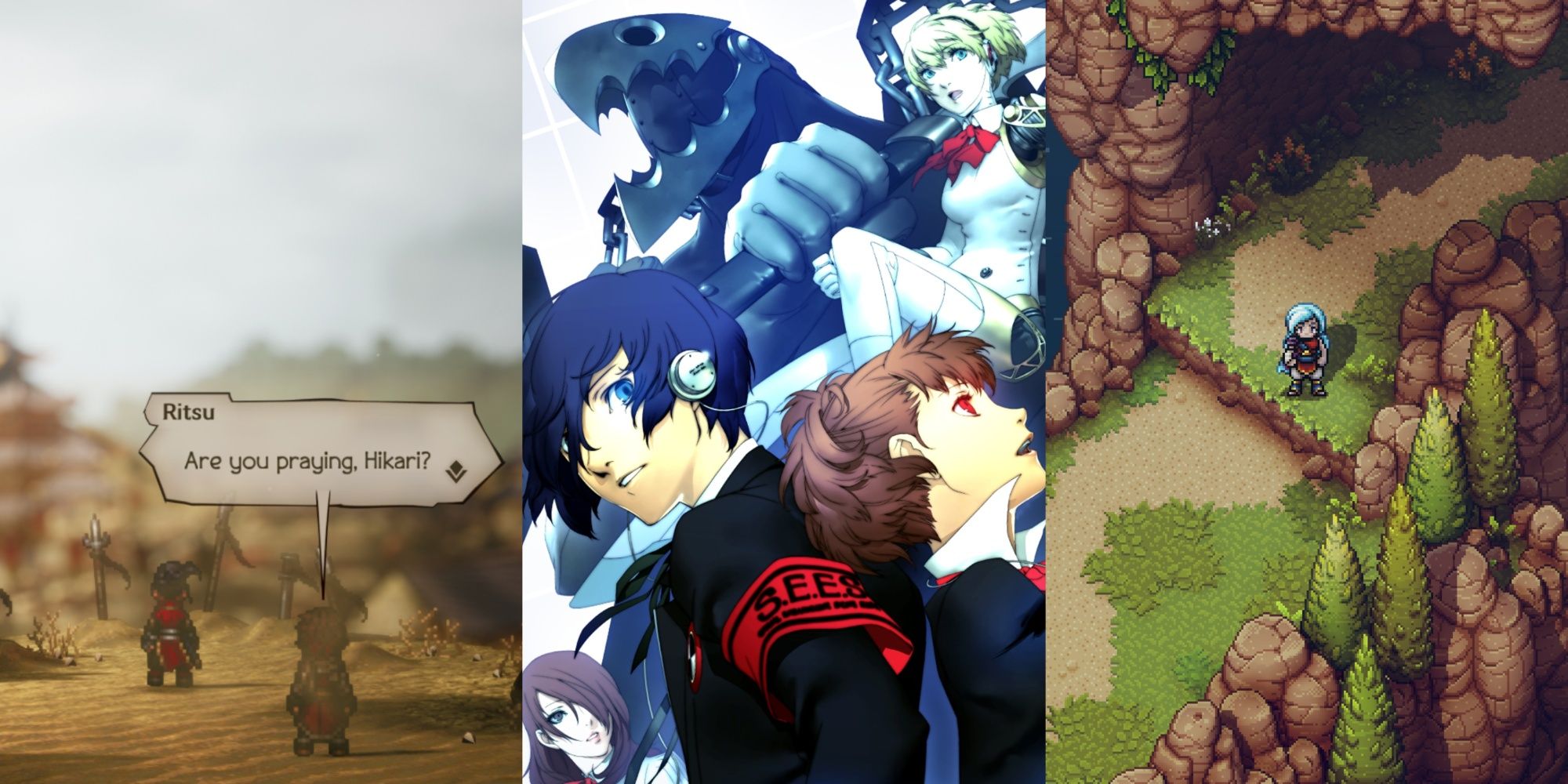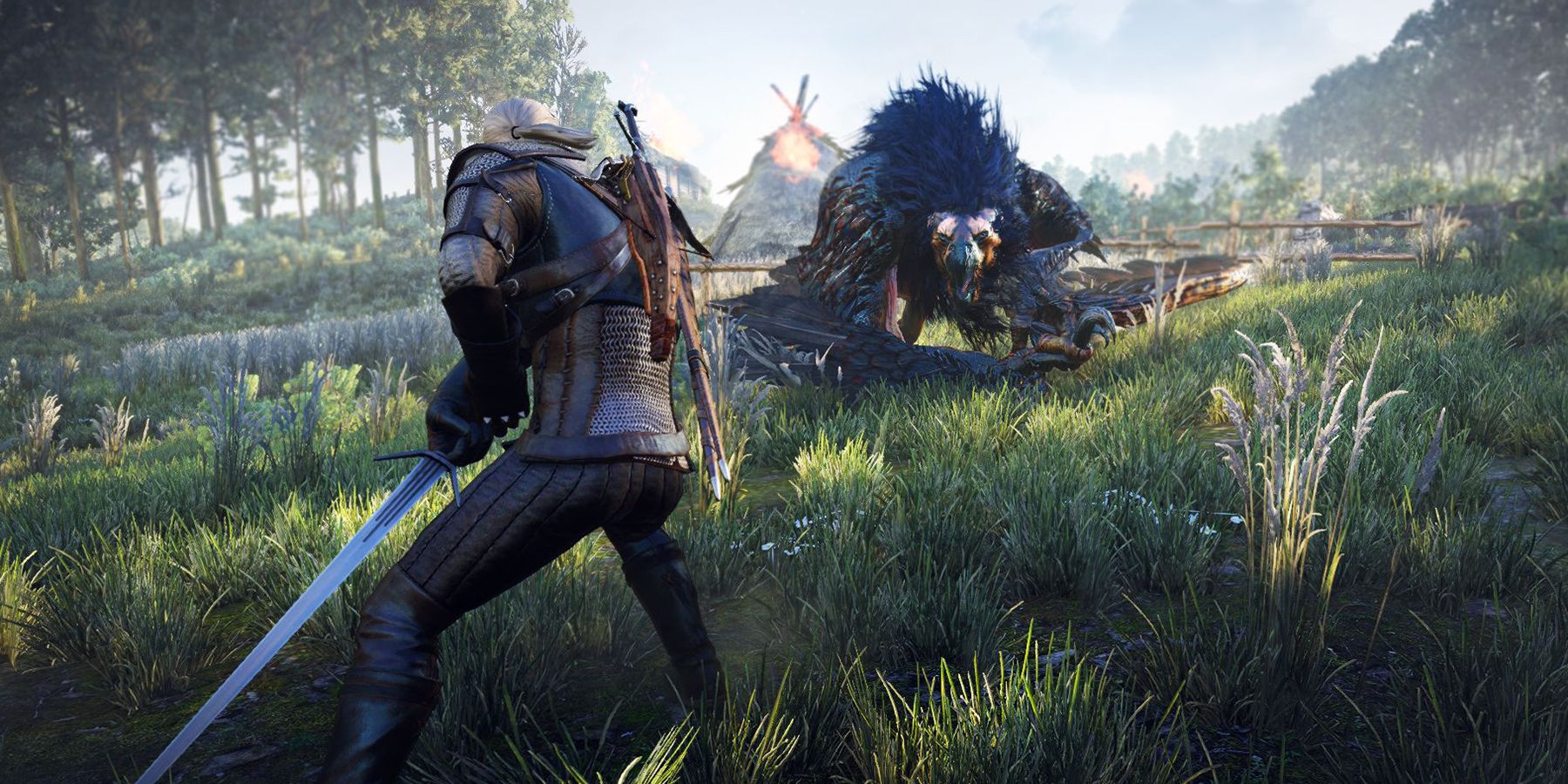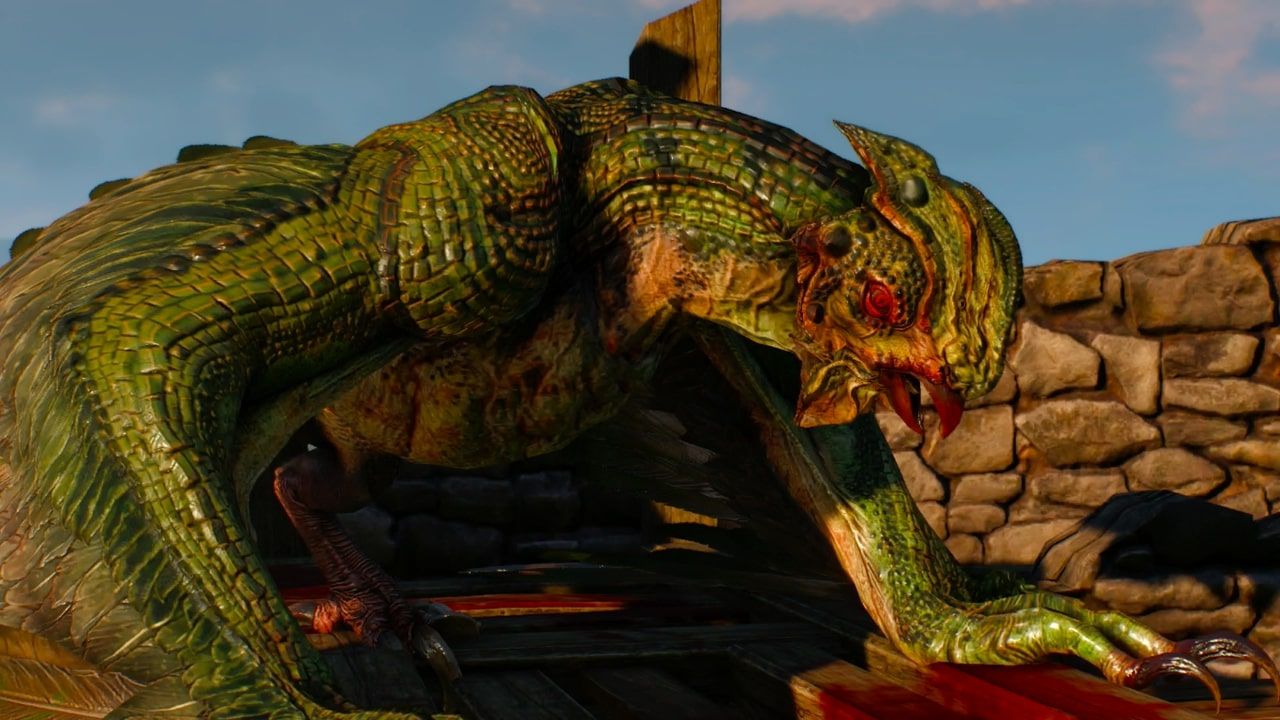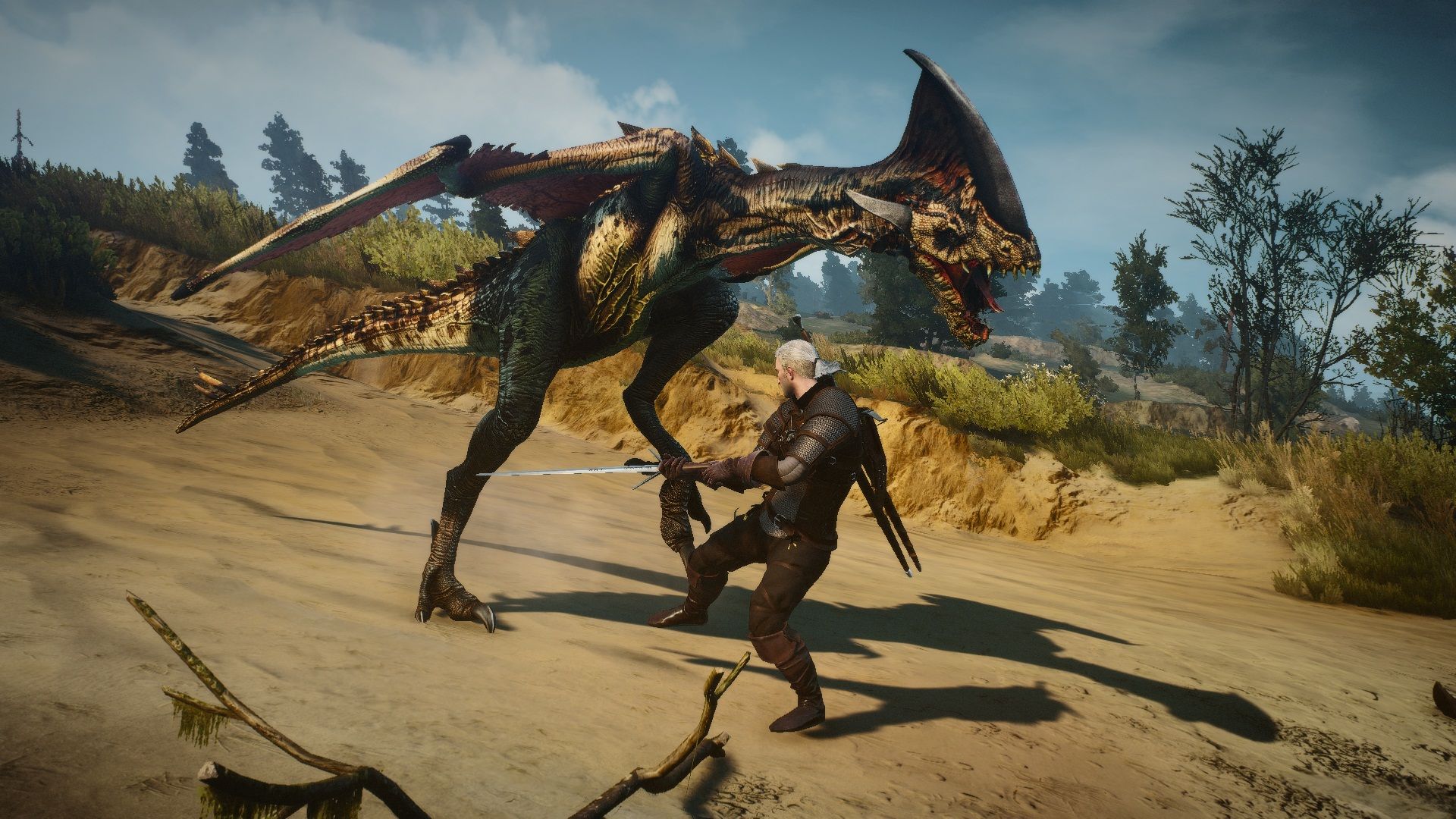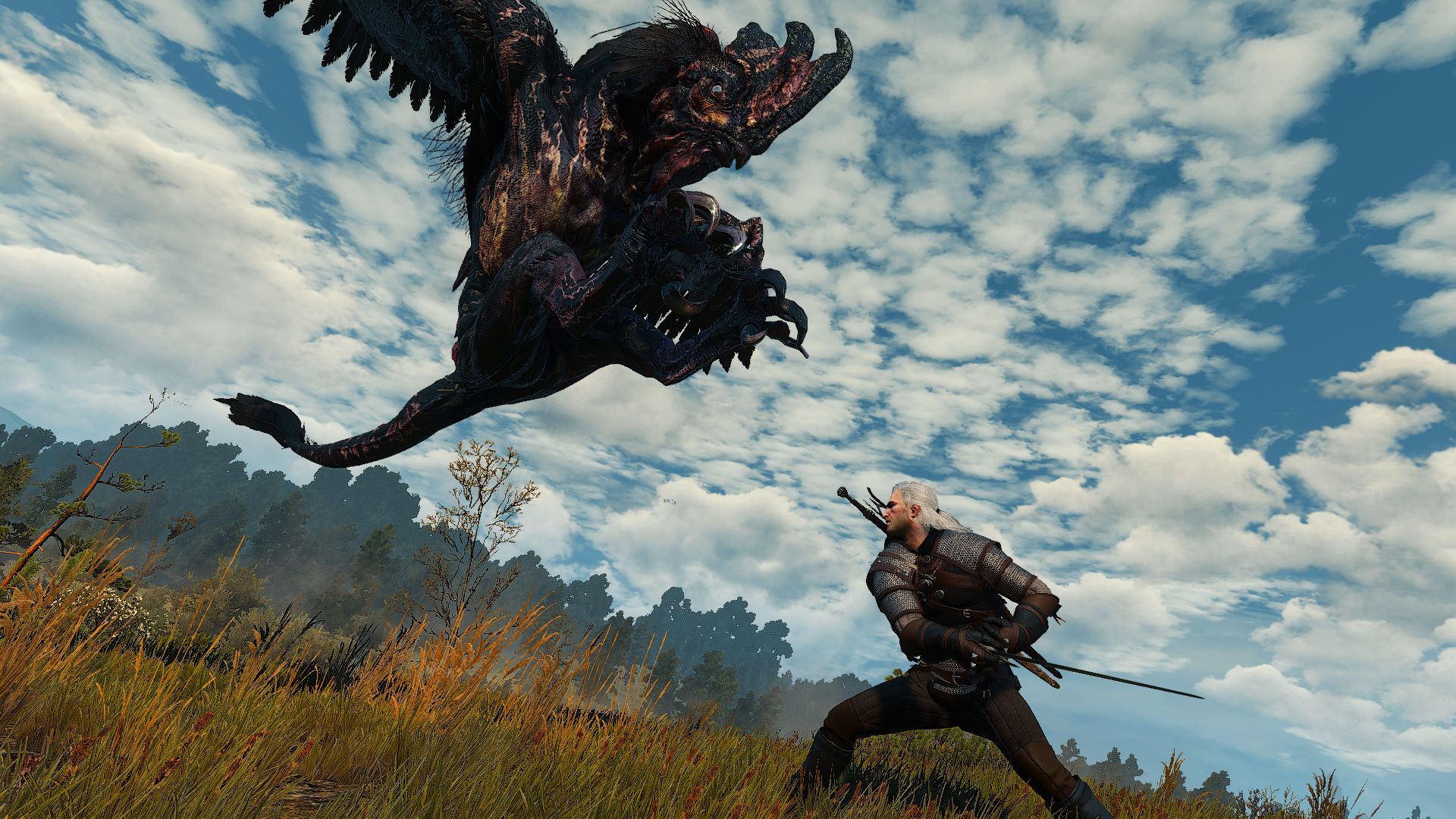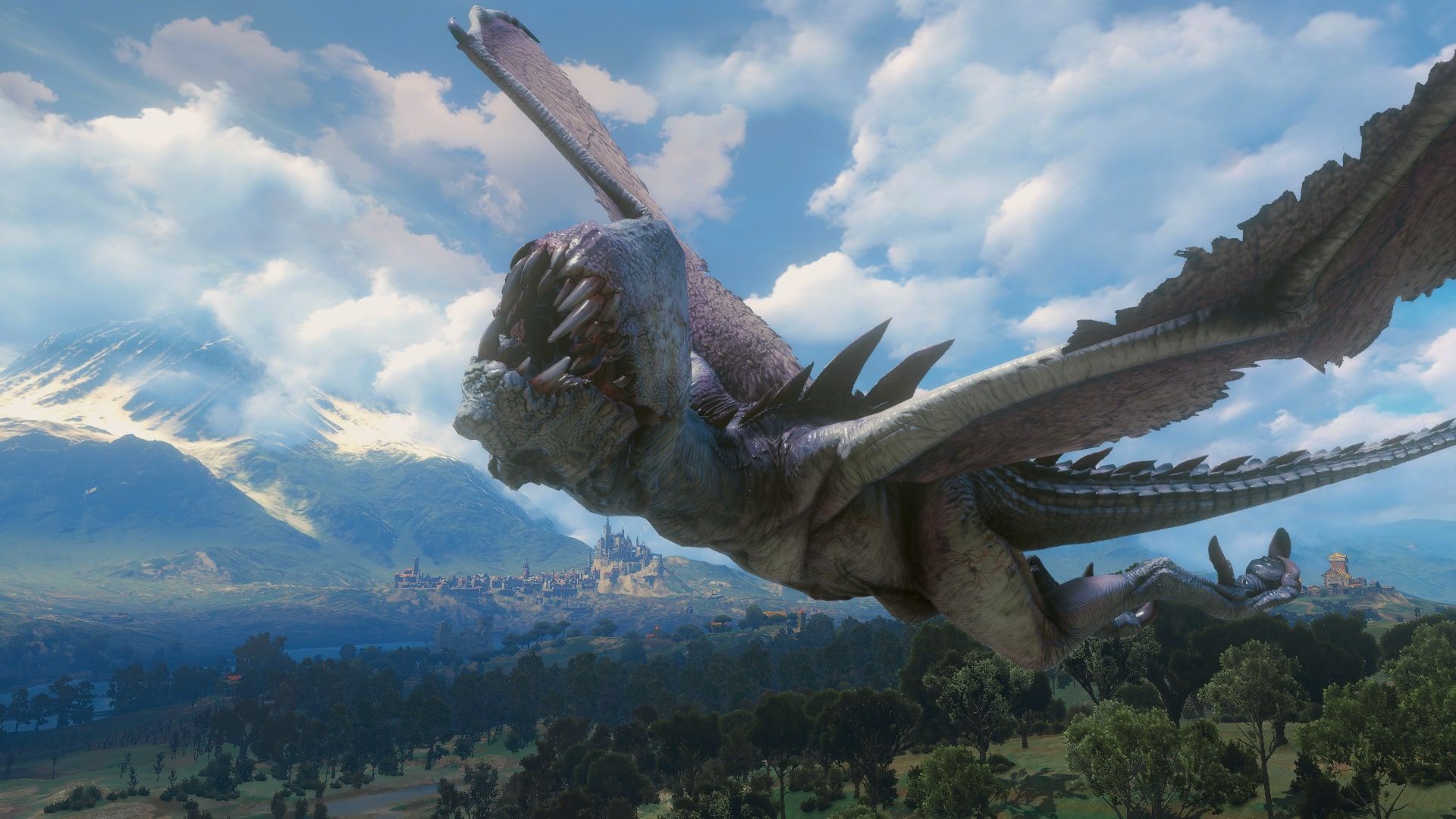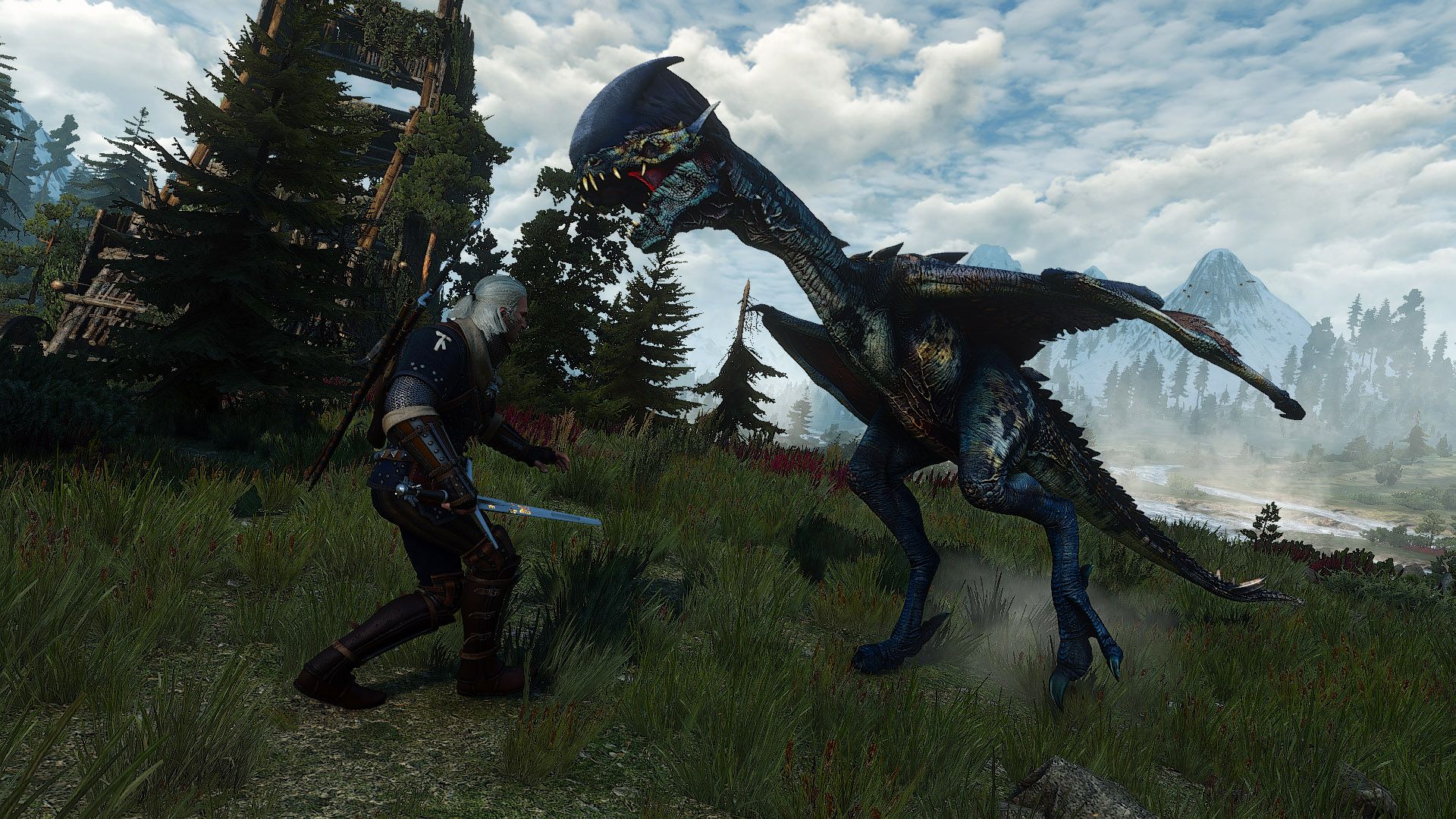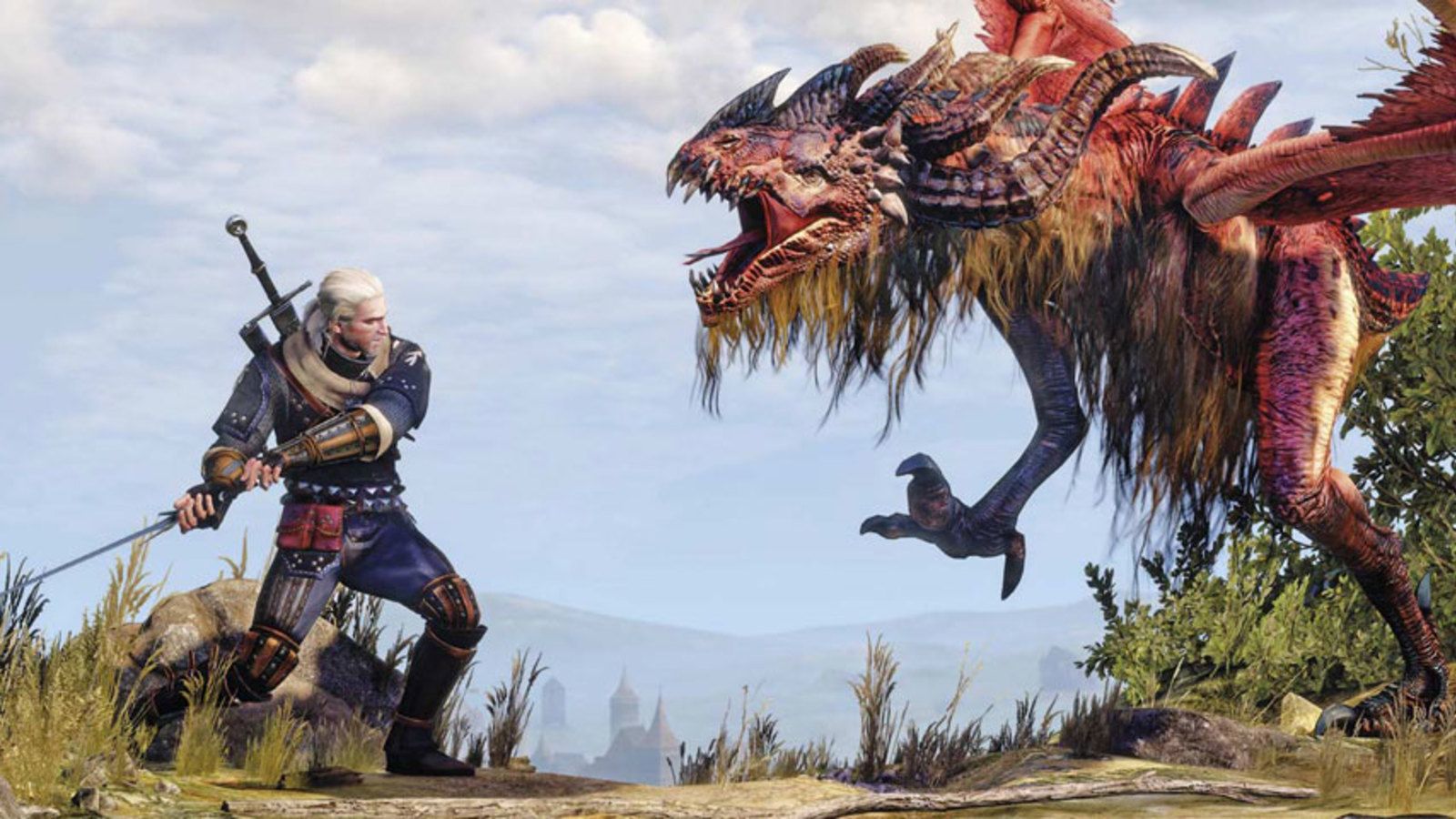Draconids are enormous creatures that inhabit the world of The Witcher 3: Wild Hunt. They resemble dragons and are distinguished in several subspecies with similar fighting techniques.
Flying creatures can be tricky to defeat in The Witcher 3, but luckily, they aren't as common as other creatures. Unlike Ciri, Geralt can't transport, which means he must get to their nests on foot. However, Geralt also knows that an attack from above can be hazardous, especially if the monster also has some other unpleasant traits.
Basilisks
Basilisks are a species of Draconid descending initially from Zerrikania, and now can mostly be found in Kaer Morhen. They have birdlike beaks, webbed wings, hooked talons, and crimson dewlaps, and their poisonous breath is deadly when touched. Basilisks love dark, damp places such as cellars, caves, and city sewers. They hunt by day, waiting patiently in hiding for their prey to come.
Basilisks are susceptible to Draconid oil, Grapeshot, Golden Oriole, and the sign Aard. During the fight, a well-timed bomb or burst of Igni can not only bring down a flying Basilisk to ground level, but distract the beast from being able to defend itself properly. They can parry sword strikes with their wings and then leap up into the air to land near devastating overhead blows with their claws.
Cockatrices
Cockatrices are ornithosaur. According to scholars, they are the only creatures to belong to the order of ornithoreptile. Cockatrices are relatively rare, and there are only two known locations: A respawning version can be found north of Arette, between the small lake west of Yantra and the coast, and one can be found just northeast Fornhala on Ard Skellig, right above the large lake.
Cockatrices thrive in dark caves, abandoned ruins, cobwebbed dungeons, and old basements. They do not shun direct fights, in which they strike furiously with wing and tail in an attempt to exhaust their foes.
Cockatrices are sensitive to Draconid oil, Grapeshot, and the sign Aard. They are annoying to deal with, as they effectively combine the speed, flight, and ferocity of a Harpy, with some of the power and toughness of a Golem.
Forktails
Forktails are creatures related to dragons, but smaller and not intelligent, which can be found in Velen and Skellige. Just as the name suggests, they can be recognized by their forked tail. Like all Draconids, their massive size does not stop them from quickly flying up and then counter-attacking from the air. Once they are on the ground, they are somewhat less mobile, but still quite dangerous.
Although Forktails are more than a capable flier, they can be brought to the ground with crossbow bolts or Grapeshot. The singers on the tip of their tails are highly poisonous, and because of this, Golden Oriole is essential. They will use their tails aggressively; however, gamers should not focus only on the tail because Forktails will try to bite Geralt.
Shriekers
Shriekers are a powerful type of Cockatrice living inside a cave on the outskirts of Crow's Perch and tormenting the residents of the nearby village. Shriekers are noticeably strong and will give most players a bit of a headache. They can perform a frontal attack, sideswipes with their wings if the player is not directly in front of them, and use divebombs when in the air. Their major weakness is their back, and they are susceptible to Draconid oil and the sign Quen and Aard.
Slyzards
Slyzards are giant, grey-colored flying reptiles, similar to a dragon for which they are sometimes mistaken, and have long spiked tails. Geralt will face one of them during the Wine Wars: Belgraad quest.
Slyzards are unique draconids, as they aren't affected by stunlock after dodging and punishing one of their attacks. Getting behind or beside the Slyzard doesn't guarantee the player's safety, so preventing their attempts to escape to the skies with a quick auto-aimed shot from the crossbow is crucial. The most important thing to watch out for is their aerial fireball attack.
The Dragon of Fyresdal
The Dragon of Fyresdal is a powerful Forktail living in the ruins of a destroyed assault tower near the village of its nickname. Habitants mistake him for a dragon, although it is not one.
The Dragon of Fyresdal is a particularly vile representative of its kind, equipped with an endless store of deadly venom. Fighting it without first drinking a regenerative potion or a poison antidote would be tantamount to suicide. Since it's a particular type of Forktail, all the techniques described to defeat Forktails work for the Dragon of Fyresdal too.
Wyverns
Wyverns are an endangered species of ornithosaur with snake-like necks and long tails that end in a venomous trident. Wyverns appear in multiple locations and contracts in The Witcher 3, mainly in the Velen region.
Typically, Wyverns will attack from the air, attempting to knock their prey down using their wings. They can poison Geralt with a potent toxin, but it can be contrasted with Golden Oriole. They will fly around their prey, well beyond crossbow range, before they swoop down at breakneck speeds in an attempt to claw at their victim. Aard and Grapeshot can bring Wyverns to the ground, and they are sensitive to The Witcher 3's silver swords.
The Witcher 3: Wild Hunt is available now on PC, PS4, Switch, and Xbox One.


